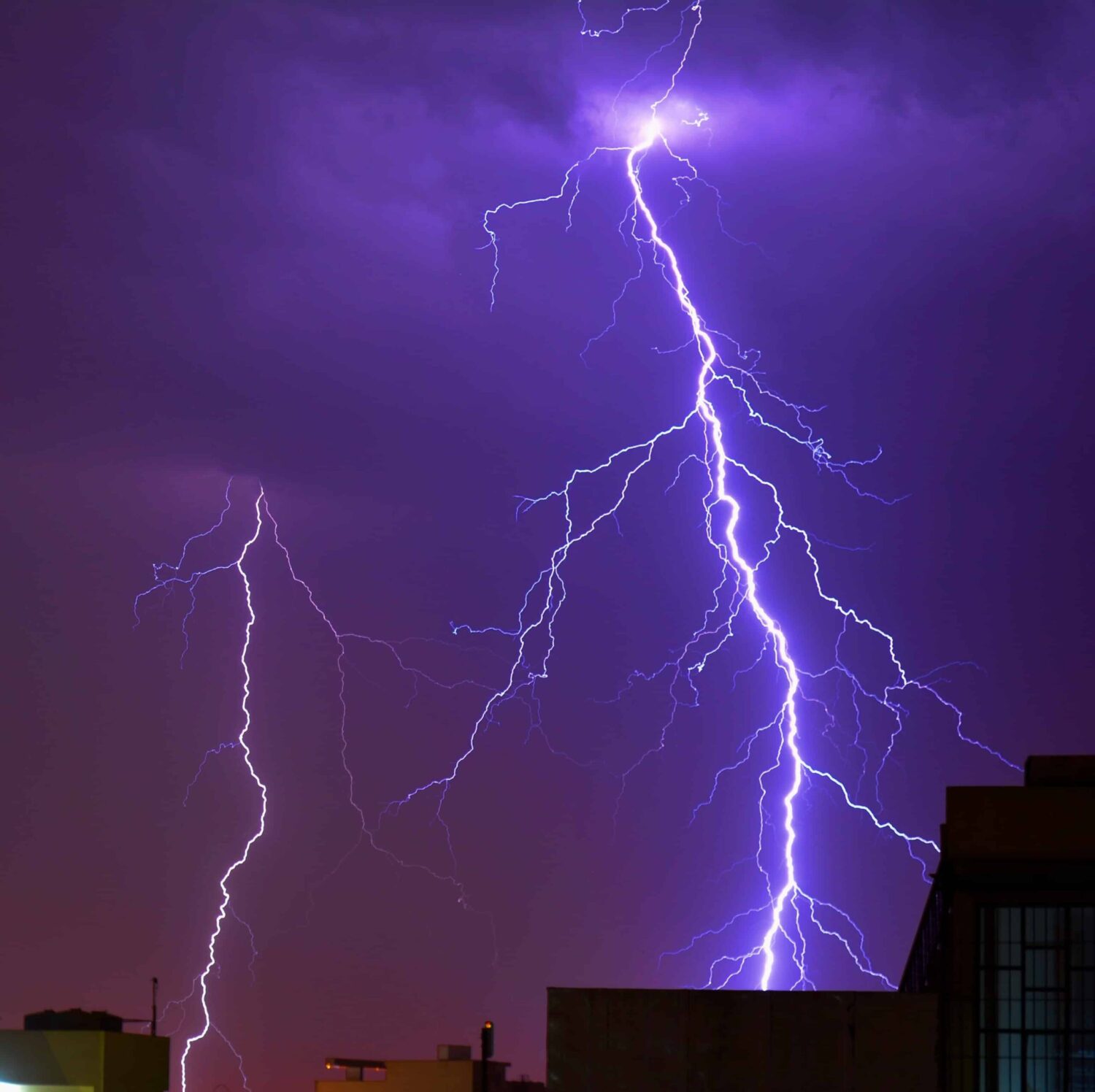Although the likelihood of being struck by lightning is small, it is important to know how to stay safe during a thunderstorm. Globally, about 24,000 people are killed by lightning each year and another 240,000 are injured.
Most people are familiar with basic thunderstorm safety rules, such as avoiding standing under trees or near a window and not talking on a corded phone (cell phones are safe).
If we are in nature during a thunderstorm, under no circumstances should we stand next to trees or use mobile phones. The best advice is to stay home during a thunderstorm.
As a rule, lightning is attracted to higher parts – trees, poles. If the storm has overtaken us in the forest, the mountain, the field, the best solution is to retract both legs, crouch, and thus the chances of survival are greater. If you do have to go out, it’s best to travel by car.
But did you know that during a thunderstorm you should avoid taking a shower or washing dishes?
To understand why, you first need to know a little about how thunderstorms and lightning work explains “Science Alert”.
Two main elements trigger the development of a thunderstorm: moisture and rising warm air, which of course go hand in hand with summer. High temperatures and humidity create large amounts of moist air that rises into the atmosphere where a thunderstorm can form. Clouds contain millions of water and ice droplets and their interaction leads to the formation of lightning. The rising water drops collide with the falling ice drops, imparting a negative charge to them, and they themselves remain positively charged. In a thunderstorm, the clouds act as huge generators that separate the positive and negative charges to create huge charge separations inside the clouds. When thunderclouds move over the Earth, they generate an opposite charge in the ground, and this is what attracts the lightning strike to the ground. The thunderstorm wants to balance its charges and does so by discharging between the positive and negative areas. The path of this discharge is usually the path of least resistance, so things that are more conductive (like metal) are more likely to be struck during a storm.
The most useful advice in a thunderstorm is: When the thunder moves, go indoors. However, this does not mean that you are completely protected from the storm. There are some activities inside that can be almost as risky as staying outside during the storm.
Unless you’re sitting in a bathtub outside or showering in the rain, it’s incredibly unlikely that you’ll be struck by lightning. But if lightning strikes your house, electricity will follow the path of least resistance to ground. Things like metal wires or water in pipes provide a convenient conduit for electricity to reach the ground.
The shower offers both (water and metal), making it an ideal path for electricity. This can turn a nice relaxing shower into something much less relaxing. The U.S. Centers for Disease Control and Prevention strongly recommends that people avoid all water activities during a thunderstorm — even washing dishes — to reduce the risk of shock.
There are other risks to be aware of during a thunderstorm. One of them, which may not seem obvious, is leaning against a concrete wall. Although concrete itself is not that conductive, if it is reinforced with metal beams (called “rebar”), they can provide a conductive path for lightning.
Also, avoid using anything plugged into an electrical outlet (computers, TVs, washing machines, dishwashers) as these can all provide paths for lightning to travel.
As a general rule, if you hear thunder in the distance, you are close enough to the storm to be struck by lightning, even if there is no rain.
Lightning strikes can occur up to 15 km away from the main storm.
Usually half an hour after you hear the last bang is a safe time to venture back into the shower. Thunderstorms usually like to leave their crown number for last, and you certainly don’t want to be part of the fireworks!
Photo by takenbytablo:












